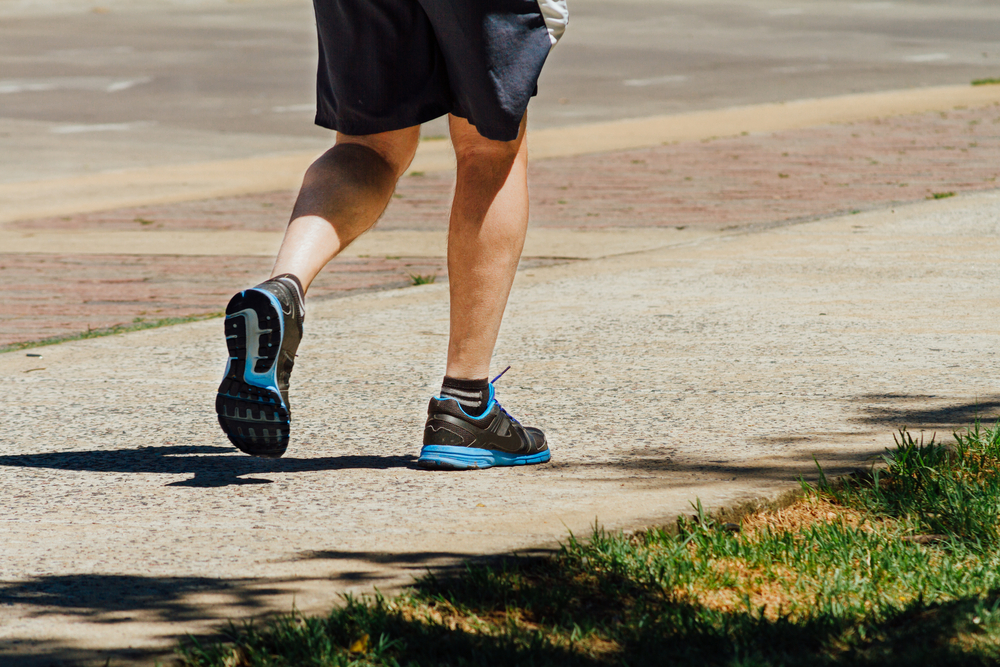Physical Activity Decrease in IPF Suggests Current Measures Underestimate Disease Impact

Physical activity predicts mortality in idiopathic pulmonary fibrosis (IPF) as well as established measures, according to a study that suggests that traditional measures, nevertheless, might underestimate the impact of disease progression on patients’ everyday lives.
Researchers at the German Center for Lung Research in Germany found that physical activity declined far more than forced vital capacity (FVC) among patients who survived a three-year follow-up period.
Also, patients classified as having stable disease according to FVC had a significant decrease in physical activity, which also did not reflect exercise capacity measures, according to the study, “Prognosis and longitudinal changes of physical activity in idiopathic pulmonary fibrosis.”
“Our present study depicts an astonishing discrepancy between 6MWD [six-minute walk distance, an exercise capacity measure] and physical activity when studied longitudinally in patients with IPF,” researchers wrote in the article, published in the journal BMC Pulmonary Medicine.
“This discrepancy suggests that physical activity and exercise capacity reflect different aspects of the functional status of IPF patients when the disease progresses,” they added.
The research team followed 46 patients for three years. Their physical activity levels were assessed using accelerometers over a period of one week at study start, and then again at the three-year follow-up among survivors.
After three years, 57 percent of patients were still alive. Those who had died had decreased lung function, exercise capacity, and physical activity at the start of the study compared to the patients who survived. They also used antifibrotic treatment less often.
While several parameters were linked with the prognosis, the number of steps per day and percent predicted FVC most accurately predicted mortality, also when taking the initial differences between patients into account.
Follow-up measurements showed that lung function and physical activity had become significantly worse over the three-year period, while exercise capacity as measured by the 6MWD test showed a smaller decline.
But physical activity declined much more than both lung function and exercise capacity, and after three years, the average number of steps per day was similar among survivors and those who died from what researchers observed at the study’s start.
Declines in physical activity were similar in patients with stable lung function compared to those who had progressive disease measured by lung function declines. This would suggest that physical activity might reflect a feature of disease progression not adequately captured by traditional measures.
While researchers admitted the study had several limitations, they suggest that more studies are needed to understand the aspects of disease progression reflected by physical activity. Such studies, they said, are also needed to determine if current measures underestimate the impact of worsening disease on a patient’s everyday life.







